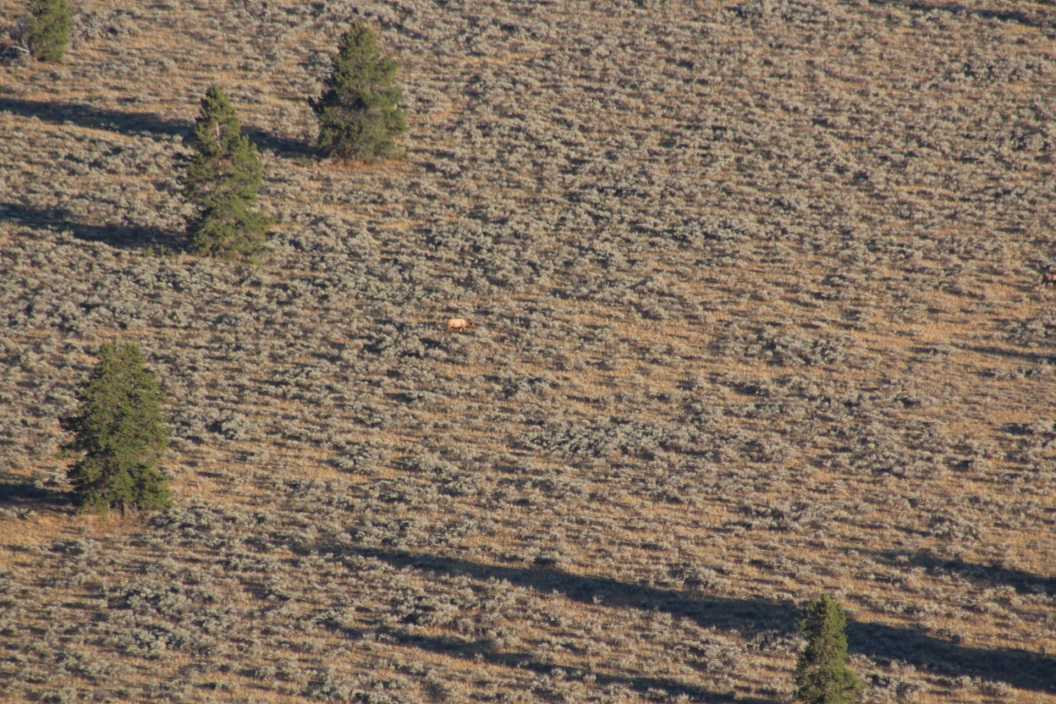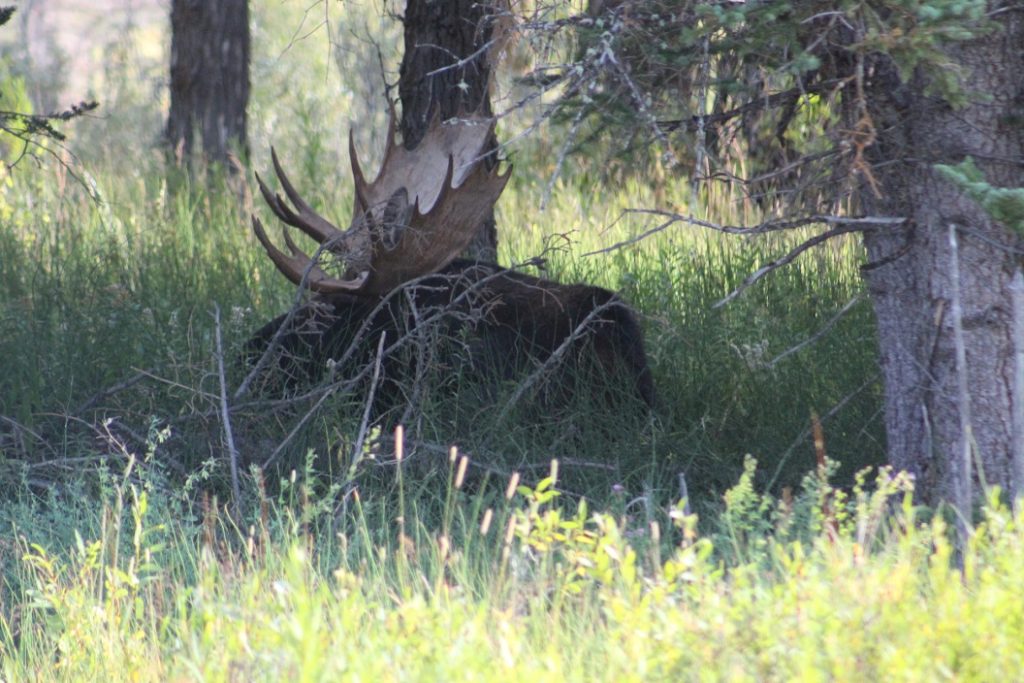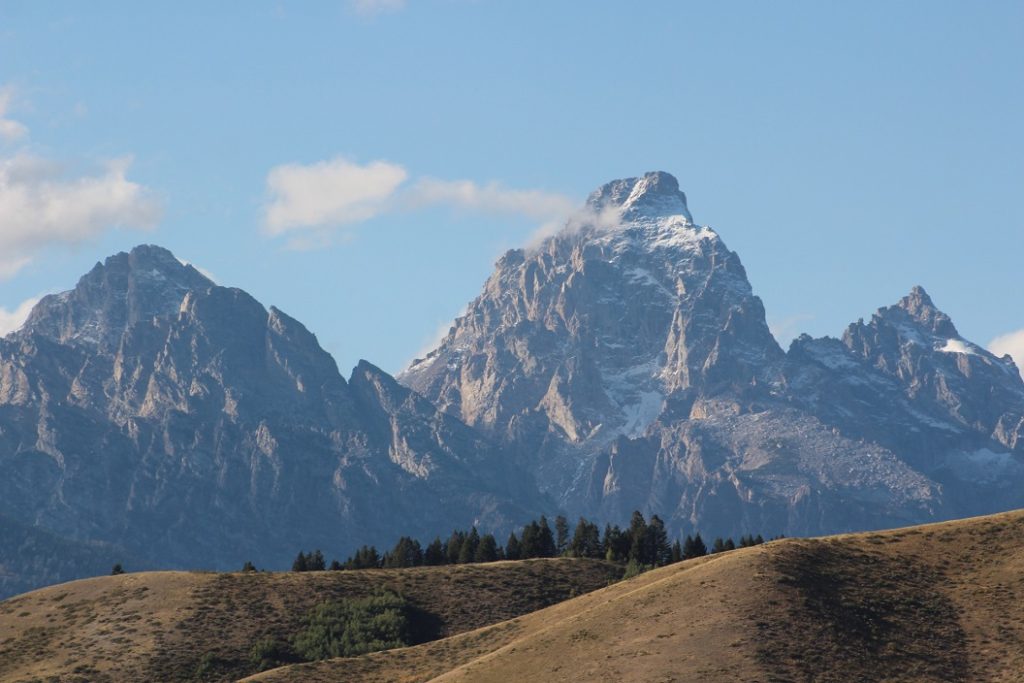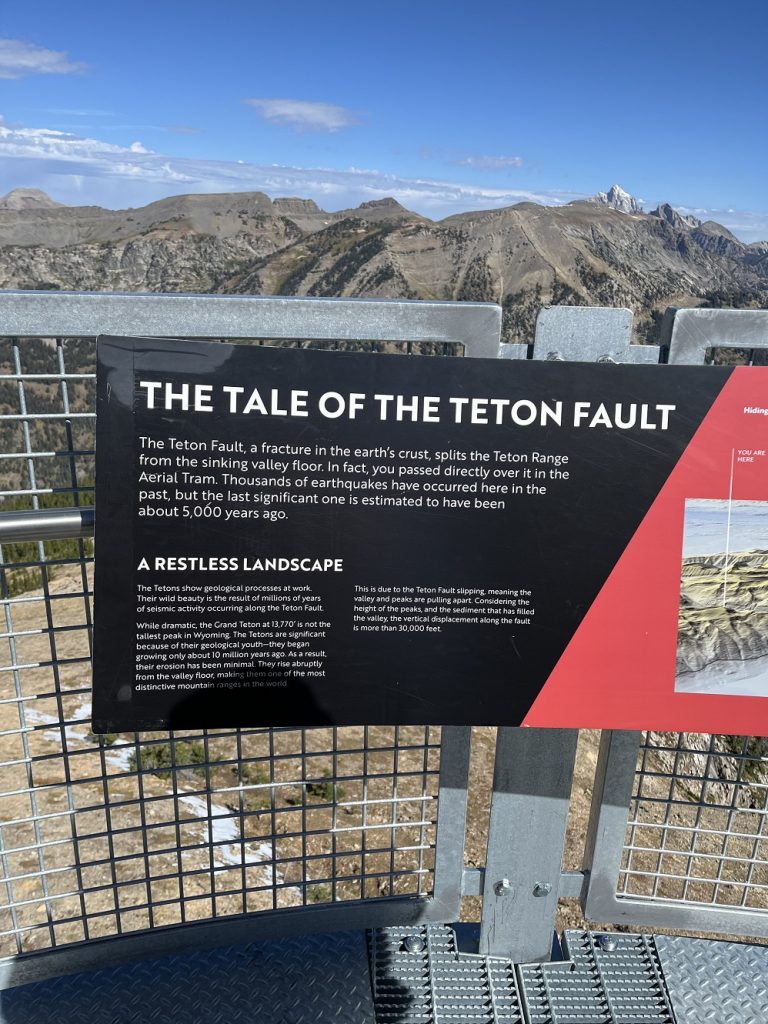Wildlife aren’t always where you think

A safari in Teton National Park
By Eileen Ogintz
The paparazzi have got their cameras and long lenses ready, but the celebs of the moment are staying away, ignoring them completely.
Welcome to Grand Teton National Park, just north of Jackson Hole, Wyoming and south of Yellowstone National Park. We have signed on for a tour with Jackson Hole Wildlife Safaris. The family-owned company also does Yellowstone tours, photography tours, and winter trips as well, including a Yellowstone Snowshoe Tour and Grand Teton photography workshop and a three day winter wolves and wildlife safari in the Northern Range of Yellowstone National Park. Our tour focuses on finding and safely viewing Greater Yellowstone’s wintering wildlife.

I like that the tours are small, with eight the maximum number of guests. There were six in our group.
Why take a tour when you can drive in the park yourself? The expert guides help us to better understand the geology, history and ecology of the 10+ million acre Greater Yellowstone Ecosystem. They also know the best spots to see wildlife and communicate with the company’s other tour guides in the park. Another plus: By taking six to eight people in one vehicle, that takes two to three vehicles off the national park’s roads, reducing traffic.
Our guide, Jeremy Hutchinson, has lived here for20 years and is an avid rock climber who knows Grand Teton and Yellowstone well.
“The thing about wildlife,” he tells us when the moose had moved away before we got to the spot where we thought we would see them, “They come and go.”
At another place along the Gros Ventre River, we were fortunate to view a huge bull moose with his majestic antlers.
We see the elk herd as we are driving out of the park on the Moose-Wilson Road. “Elk are more skittish than other animals,” Hutchinson explains. They will stay away from humans.

Rutting season is about to start during which the males fight to curry favor with the females. Many say this is the best time to be in the Greater Yellowstone Ecosystem. For the male to successfully mate, Hutchinson said, he has to convince the female of his strength. She wants the strongest and biggest males so her calves will grow up strong.
The males “bugle” with the largest bulls having the deepest and loudest sound, sometimes heard for miles. They thrash around trees to spread their scent to the females. They may lock antlers when they fight, the weaker bull giving up and leaving.
By mid-October, the rut ends, the bulls head off on their own while the cows move in herds. When snow comes to the mountains, the Elk will move to the National Elk Refuge where they have wintered for more than 100 years in Jackson Hole. Take a sleigh ride through the refuge in the winter!
We don’t see any bears but we know to be bear-aware — always stay at least 100 yards from bear and wolves; 25 yards from Bison, moose elk, and other wildlife. Fall is a great time to see wildlife. If the wildlife are near, Hutchinson tells us, we must stay inside the car. We don’t want to block their movement.
Moose, we learn, are typically found near water. The wetlands along the northern part of the Moose-Wilson road, for example.

We didn’t see any bison—but there are many more in Yellowstone National Park, Hutchinson said.
We kept our eyes out but didn’t see eagles or owls either. There are also many ranger programs and audio tours hosted by rangers on the NPS app. There are also ranger-led hikes and talks and umpteen places to hike from a half-mile interpretive trail at Lunch Tree Hill at Jackson Lake Lodge to a 10+ mile trip at Emma Matilda Lake. The Teton Science School is the place for natural history seminars. (tetonscience.org) There are also float trips on the Snake River, fly fishing, multi-day kayaking trips and more.
Most wrap up by the end of September but winter is very popular for cross country skiers, snow shoers, and photographers. Snowshoe with a ranger! Just be mindful that visitor centers and ranger stations are closed until March.
Dornans, established in 1922, is a great place to watch the sunset in Grand Teton National Park, Hutchinson tells us. Come for pasta or pizza; stay in one of the cabins.
We have to come back!
